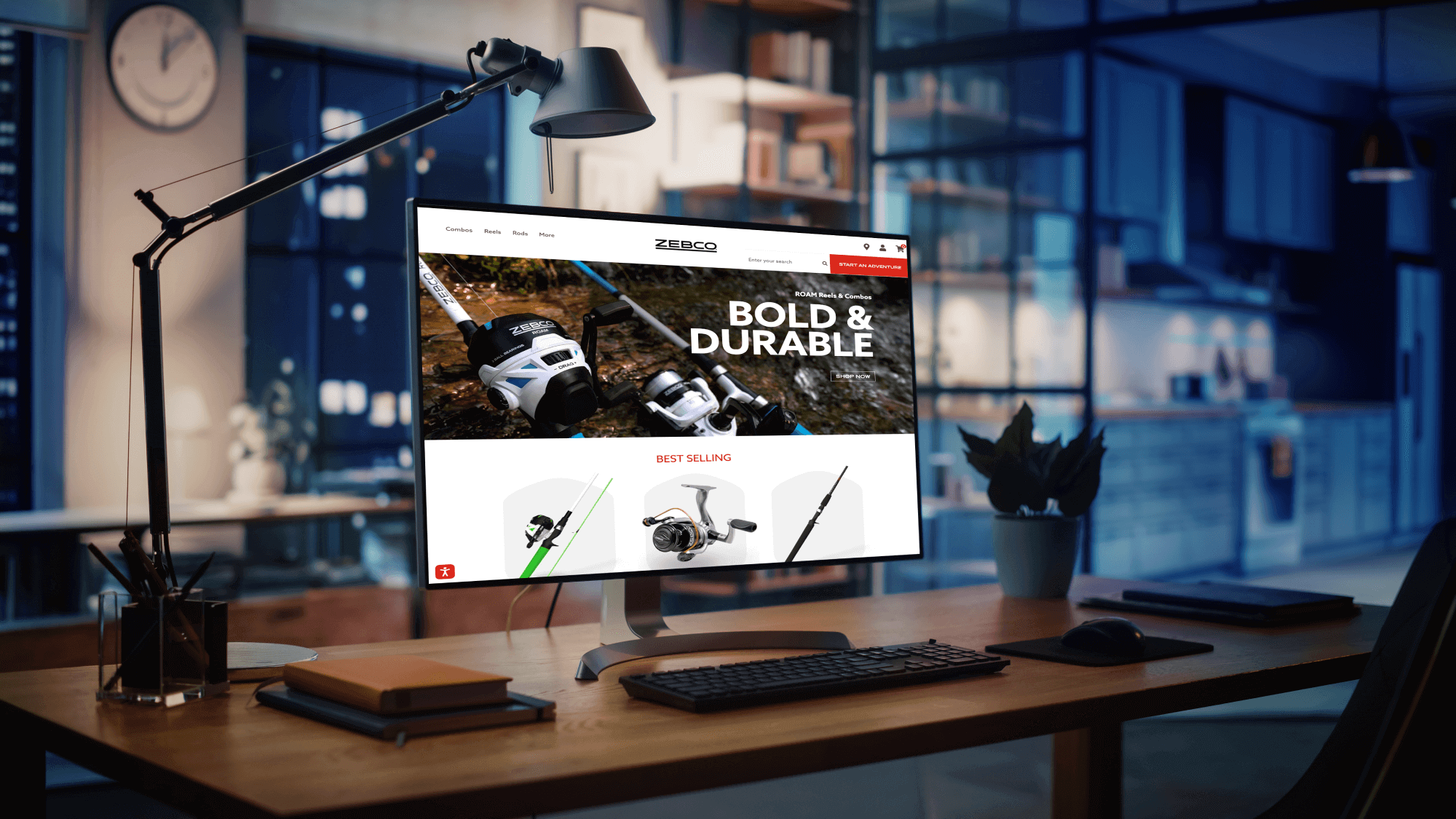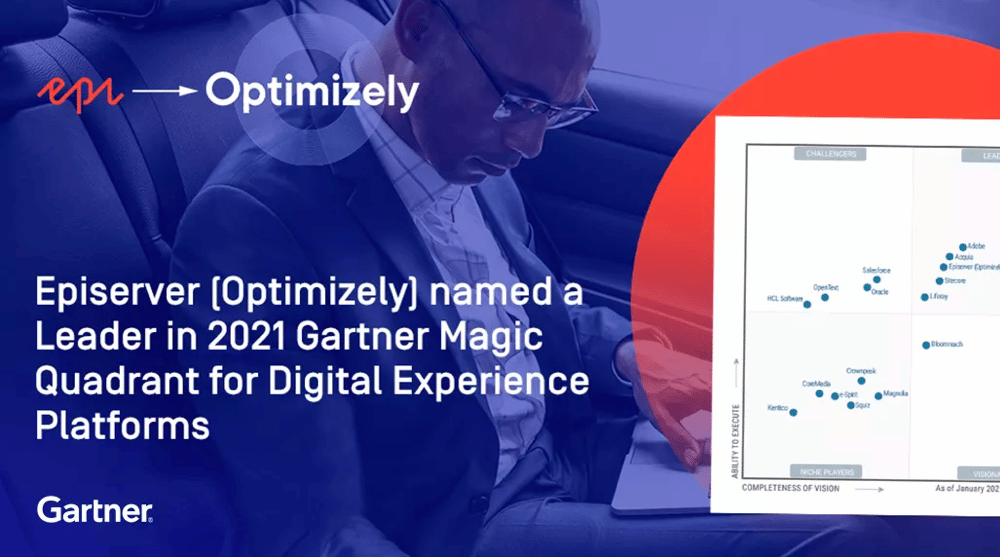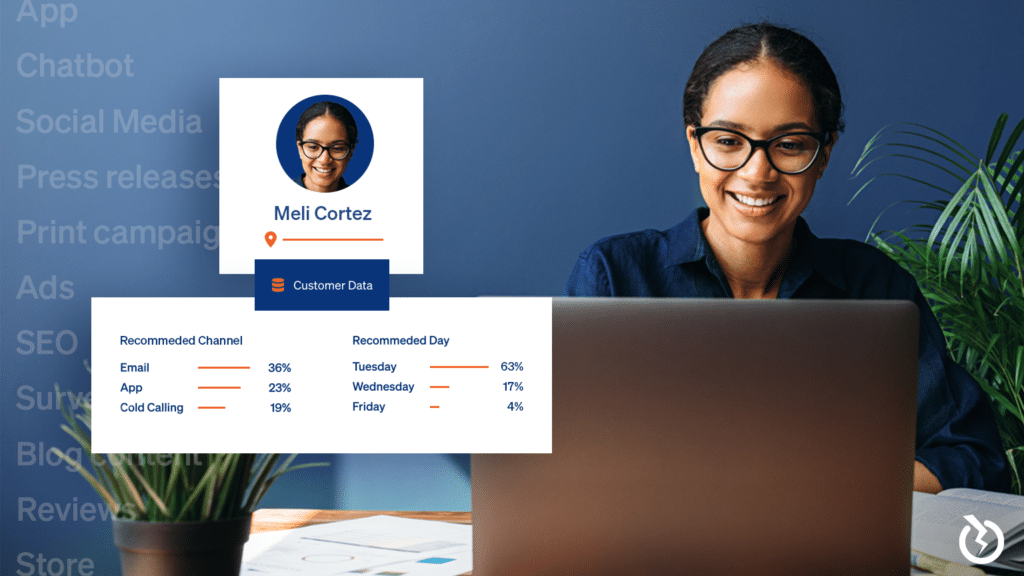C hoosing the best website software platform is a critical decision for any organization. Fortunately, veteran agency BlueBolt can leverage our experience to help you discover what software is best for your business.
The right software can significantly boost your company’s efficiency, productivity, and competitiveness. Below are a few of the steps our BlueBolt team evaluates when helping clients select the right website software choice:
Business Goals Alignment
The right software platform should align with your company’s strategic objectives. It should also support your business’s current needs and be scalable to accommodate future growth.

Functionality
Evaluate the software’s features and functionality to ensure it addresses your specific requirements. Identify must-have features and prioritize them over nice-to-have options, if outside your budget.
Customization
Determine the level of customization the platform allows. It needs to be flexible enough to adapt to your unique business processes and requirements and provdie room to expand your business.
Integration
Assess how well the software will be able to integrate with your existing IT software, such as CRM, ERP, and other core applications. Seamless integration reduces data silos, enhances efficiency, and enables comprehensive analytics reporting.

User Experience
The platform should have an intuitive user interface to minimize training time and ensure user adoption. Consider conducting user testing to gauge ease of use.
Scalability
Determine if the software will be able to grow with your business. Consider factors like the number of users, transactions, and data volume it can handle without performance degradation.
Security
Data security should be table stakes for every software choice. Evaluate the platform’s security features, including encryption, access controls, and compliance with industry standards and regulations.

Reliability and Performance
Seek a platform with a proven track record of uptime and performance. Downtime or slow response times can disrupt operations and affect productivity, as well as customer satisfaction.
Vendor Reputation
Research the software vendor’s reputation, financial stability, and customer support. Read reviews, talk to existing customers, and assess the vendor’s commitment to long-term support and updates.
Total Cost of Ownership (TCO)
Consider not only the initial licensing or subscription costs but also ongoing expenses, including upgrades (if not included), maintenance, training, and support. Calculate the TCO over several years.
Support and Maintenance
Evaluate the vendor’s support options, including response times, availability, and service level agreements (SLAs). Determine if they offer regular updates and patches included in your subscription.

User Training and Documentation
Assess the availability of training materials, user manuals, and online resources to facilitate user onboarding and ongoing support.
Performance
Consider the platform’s runway to scale as your organization grows. Evaluate its performance under various loads to ensure it can handle your demands. For commerce brands that run high traffic sales, look for platforms that automatically scale and can handle your campaigns.
Compliance and Regulations
Ensure the software complies with industry-specific regulations and standards, such as GDPR, HIPAA, or ISO certifications if applicable to your business.
Vendor Lock-In
Be aware of the potential for vendor lock-in. Ensure that data can be exported easily, and there are contingency plans for switching to another solution if the need arises.
User Feedback
Gather input from potential end-users, as well as stakeholders within your organization. Their insights can provide valuable perspectives on usability and functionality.
Implementation Timeframe
Assess the time required for implementation and deployment. Also consider whether your internal team will be able to successfully implement the software or whether you will need a partner. These answers are critical to both timeline and budget considerations.

Upgrades and Maintenance
Assess how upgrades and maintenance are handled. Determine if they require significant downtime or if they can be performed seamlessly.
Future-Proofing
Choose a platform that embraces technological advancements and is adaptable to emerging trends like AI, IoT, and blockchain, if relevant to your business.
ROI (Return on Investment)
Calculate the expected ROI of the platform based on productivity gains, cost savings, and revenue growth. Also consider the increased market cap implementing the software can bring to your company.
In summary, selecting your next software platform is a significant investment, and a thorough evaluation based on these criteria is essential to make the best decision for your organization. Hiring a professional software implementation agency like BlueBolt to advise you on why certain software options will benefit your business objectives over others platforms can ensure you make the right website software choice the first time.








































